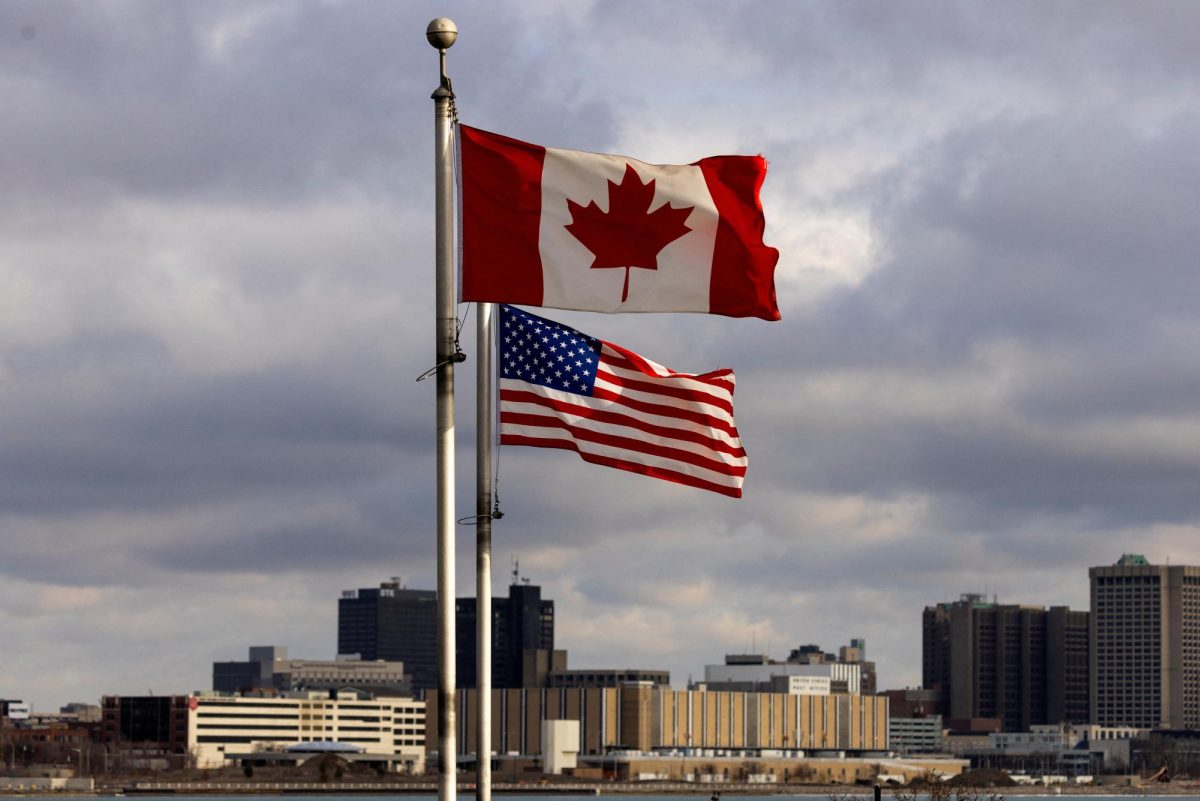As a part of his 2024 election campaign, President Trump had promised to implement blanket tariffs as a key facet of his broader strategy to revitalize American manufacturing and reduce trade deficits. A tariff is essentially a tax imposed by the government on imports or exports of goods. When targeted and implemented correctly, tariffs can be beneficial for American industry as they reduce the competitive pressure from cheaper imports and counter market distortions caused by foreign subsidies and dumping. At the same time, they incentivize domestic production. Tariffs can also play a role in protecting important industries for national security, and they boost long-term economic competitiveness by reducing reliance on global supply chains.
However, blanket tariffs can disrupt economic efficiency by imposing sudden cost burdens on industries, leaving them insufficient time to develop competitive advantages. They further undermine market incentives by reducing tax benefits for scaling production and lowering consumer prices. Moreover, tariffs misallocate resources by artificially propping up uncompetitive sectors while neglecting industries where the U.S. holds a genuine comparative advantage in global markets.
On February 1, 2025, President Trump issued 25% blanket tariffs on imports from Mexico, and Canada, and a 10% additional blanket tariff on China, with some exceptions for Canadian oil. Trump did so through the International Emergency Economic Powers Act, stating the reason being, “Because of the major threat of illegal aliens and deadly drugs killing our Citizens, including fentanyl.” President Trump’s executive decision underscores his bold stance to hold Mexico, Canada, and China accountable for addressing illegal immigration along with the continued influx of illicit drugs into the United States.
Two days later, after markets had immediately dipped at open due to fears of the tariffs’ permanence, President Trump rescinded the tariffs for 30 days after leveraging major concessions out of the Mexican and Canadian governments. He announced on Monday, “I just spoke with President Claudia Sheinbaum of Mexico. It was a very friendly conversation wherein she agreed to immediately supply 10,000 Mexican Soldiers on the Border separating Mexico and the United States. These soldiers will be specifically designated to stop the flow of fentanyl, and illegal migrants into our Country. We further agreed to immediately pause the anticipated tariffs for a one month period during which we will have negotiations.”
Canada will implement a $1.3 billion border plan. This initiative includes strengthening the border with helicopters, technology, and personnel, improving coordination with American partners, and allocating additional resources to curb the flow of fentanyl. Additionally, Canada will deploy around 10,000 frontline personnel to protect the border and appoint a Fentanyl Czar in addition to labeling drug cartels as terrorists. Prime Minister Trudeau pledged an American and Canadian joint strike force to combat organized crime, fentanyl, and money laundering.
He also announced an intelligence directive on organized crime and fentanyl, which will be backed with $200 million.
China, on the other hand, responded with retaliatory tariffs on American imports along with an investigation into Google. China has claimed that the U.S. action is a violation of the terms of the World Trade Organization and seeks to bring a case before it. Nonetheless, Trump blames China for condoning the production of fentanyl, resulting in fentanyl poisoning throughout the country. China’s response is a reflection of a previous trade war between the two countries in 2018 when Trump recurrently issued tariffs on Chinese goods spurring a Chinese response each time.
President Trump’s decision to issue and then temporarily suspend his blanket tariffs raises questions about his true intentions behind these policies. While his administration frames the tariffs as tools to protect American industry and address national security issues, his ability to extract rapid concessions out of Mexico and Canada ultimately demonstrates the effectiveness of tariffs as leverage in negotiations.

